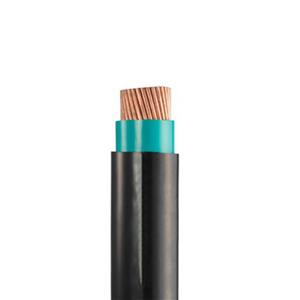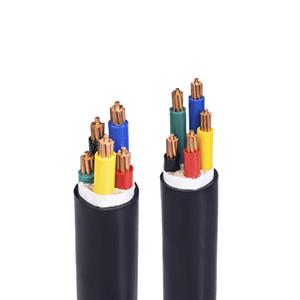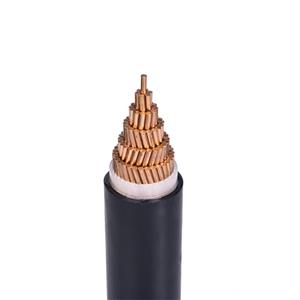How much do you know about weak-current cables (A)
Behind the scenes of modern life, there is a group of "information links" that silently dedicate themselves. They are slender but powerful, that is, weak-current cables. Although it is called "weak-current", its influence in the field of data transmission and signal transmission is not weak at all. From network connections and TV signal transmission in homes to huge communication networks in cities and data centers of enterprises, weak-current cables are like information highways, allowing various data and signals to reach their destinations quickly and accurately, closely connecting our lives and laying the foundation for efficient operation in the digital age.
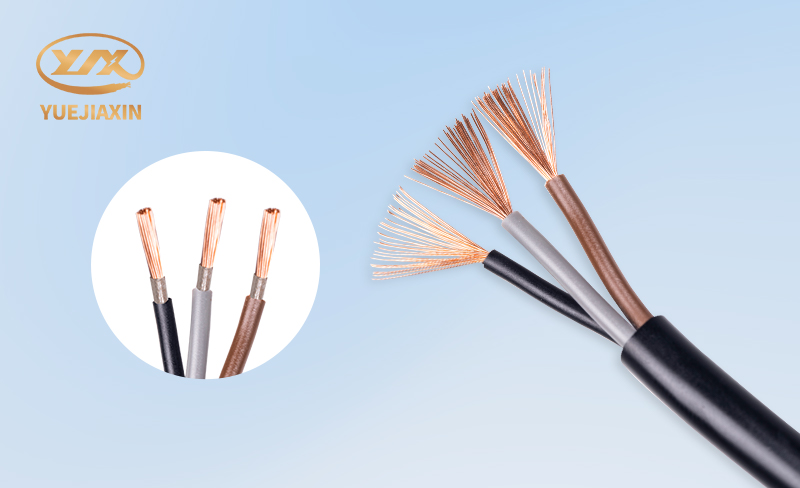
So, what are weak-current cables? Weak-current cables refer to cables used for security communications, electrical equipment and related weak-current transmission purposes, focusing on the efficient transmission of data and signals. The following are our more common weak-current cables:
1. RVV wire
Full name: Copper core polyvinyl chloride insulated polyvinyl chloride sheathed soft cable. RVV wire, round in appearance, with more cores, and twisted between 2 cores. R stands for soft wire, and the letter V stands for insulator polyvinyl chloride (PVC).
The main uses of RVV wire: used in power wires, control wires and signal transmission wires that do not require shielding in electrical appliances, instruments, electronic equipment and automation devices.
2. RVVP wire
Full name: Copper core polyvinyl chloride insulated polyurethane shielded soft cable. Suitable for communication, audio, broadcasting, sound systems, anti-theft alarm systems, intelligent automation systems, automatic meter reading systems, fire protection systems, etc., which require anti-interference line connection and efficient and safe data transmission cables.
The letter R stands for soft wire, the letter V stands for insulator polyvinyl chloride (PVC), and the letter P stands for shielding. RVVP can be used for control wires in monitoring systems, access control systems, building video intercom systems, and building control systems.
The difference between RVV and RVVP:
RVVP has an extra layer of shielding braided mesh compared to RVV, while RVVP has a layer of mesh copper wire between the inner and outer sheaths as a shielding layer. The shielding layer is mainly to prevent the influence of external electromagnetic fields and improve the anti-interference balance of the wire.
3. BV wire
The full name is copper core polyvinyl chloride insulated wire. BV wire is also called plastic copper wire. B represents the category, which belongs to the cloth wire, and V represents the insulation of polyvinyl chloride. It is generally suitable for the supply of power such as electrical instruments and equipment with AC voltage of 450/750V and below, as well as power lighting fixed wiring.
4. BVR wire
The full name is polyvinyl chloride insulated soft wire. BVR wire, generally refers to BVR power cord, is a copper core polyvinyl chloride insulated soft wire, which is used in occasions where softness is required for fixed wiring.
B refers to the classification of cloth wire, V refers to PVC, and R means soft. To achieve softness, the number of conductors must be increased.
BVR wires are also divided into flame-retardant wires (ZR-BVR), fire-resistant wires (NH-BVR), and low-smoke halogen-free wires (WDZ-BVR) according to the different materials used. It is mainly suitable for electrical instruments and equipment and power lighting fixed wiring.

5. RVB wire
RVB is a flat, unsheathed soft wire, commonly known as red and black (parallel) wire. It is suitable for household appliances, small power tools, instruments, meters and power lighting connection power.
6. RVS wire
Full name: Copper core polyvinyl chloride insulated twisted connection soft wire, twisted multi-strand soft wire, referred to as twisted pair, commonly known as "flower wire". At present, this type of wire is mostly used in fire protection systems, also called "fire protection wires".
The letter S represents twisted pair, the letter R represents soft wire, and the letter V represents polyvinyl chloride (insulator).
The purpose of RVS twisted pair:
(1) It is mostly used for the detector wires of the fire automatic alarm system
(2) It is suitable for household appliances, small power tools, instruments and meters and power lighting lines. The double white core is used for direct connection to the lamp holder line; the red and blue core is used for fire protection, alarm, etc.; the red and white core is used for broadcasting and telephone lines; the red and black core is used for broadcasting lines.
(3) Used to connect power amplifiers and audio equipment, and broadcast systems to transmit audio signals amplified by power amplifiers. The difference between RVS and RVB is that RVB is a parallel soft wire, while RVS is a twisted pair soft wire.
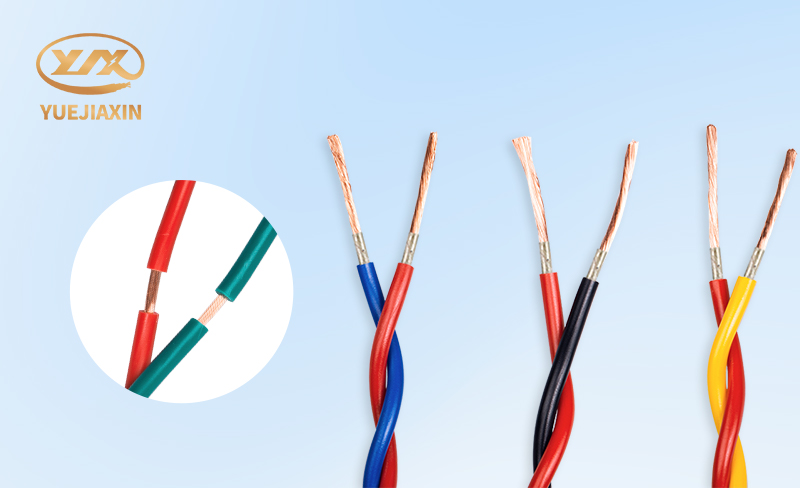
If you want to know more about low-voltage cables, please pay attention to our company website.

